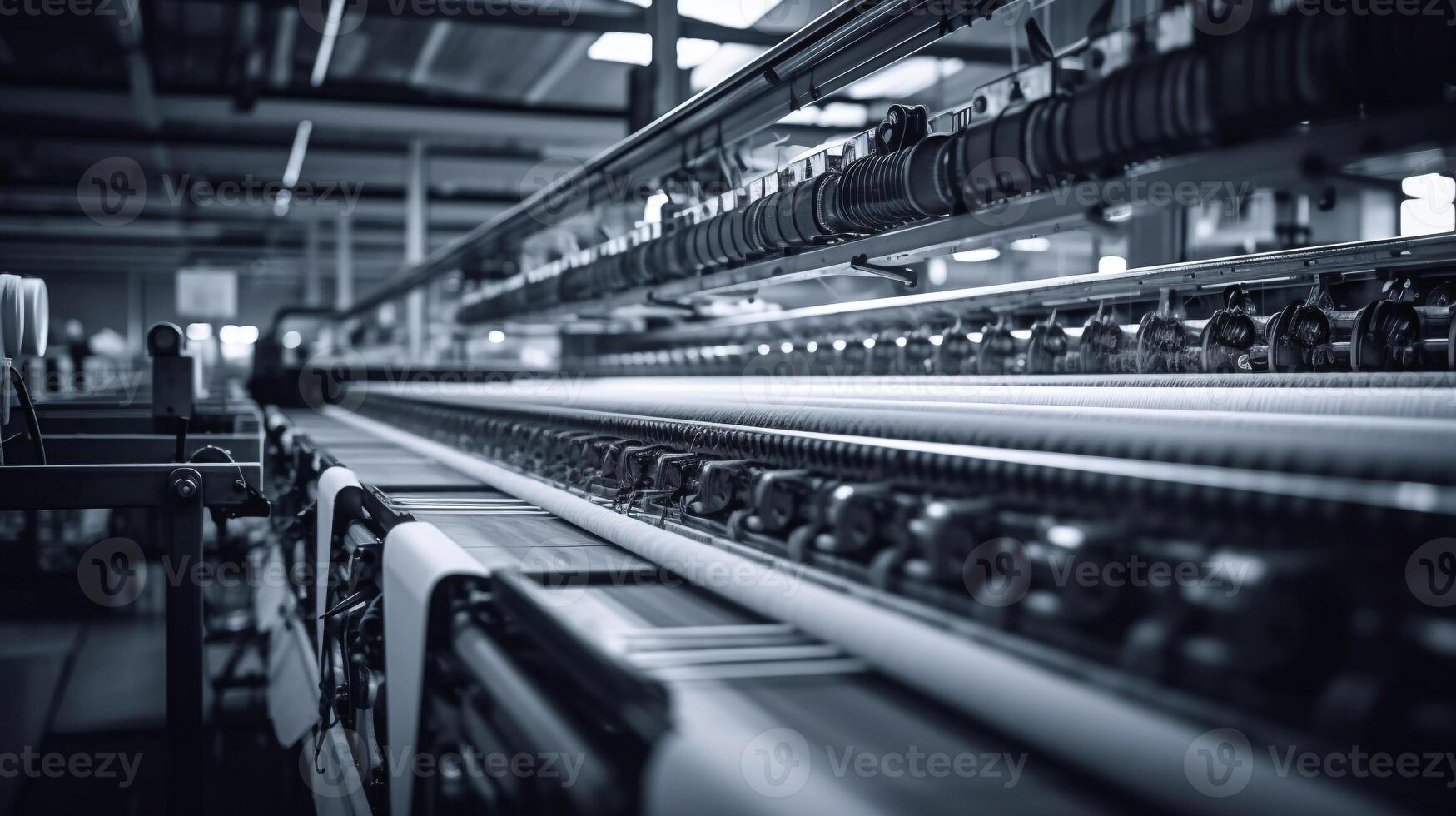Transforming Textile Quality with AI-Powered Fabric Defect Detection
The textile industry, known for its intricate production processes and the need for high-quality standards, faces numerous challenges in maintaining product consistency.

The textile industry is one of the largest and most complex manufacturing sectors, relying heavily on maintaining high product quality standards. However, fabric defects such as inconsistencies in texture, color, and weaving can significantly impact production quality and lead to costly rework. Traditional fabric inspection methods, largely manual, are often inefficient and prone to human error. This is where artificial intelligence (AI) is stepping in to revolutionize fabric defect detection.
The Challenges of Manual Fabric Inspection
Manual inspection methods, while conventional, struggle with accuracy and scalability. Textile production lines operate at high speed, and the human eye can only detect a limited range of defects. Missed defects can result in low-quality output and high operational costs. Additionally, manual inspection is labor-intensive and inconsistent, creating bottlenecks in the production process.
The Solution: AI-Driven Fabric Defect Detection
AI-based fabric defect detection systems utilize computer vision and machine learning algorithms to identify defects in real-time. These systems are capable of analyzing thousands of fabric patterns, colors, and textures to detect even the smallest defects. By automating this process, manufacturers can achieve greater accuracy and consistency while reducing labor costs.
AI-powered systems can scan fabrics at production speeds, capturing high-resolution images of the material and instantly identifying defects such as holes, stains, or misaligned patterns. The machine learning models continuously learn from data, improving their accuracy over time and adapting to new types of defects that might emerge.
Key Benefits of AI in Fabric Defect Detection
- Increased Accuracy: AI systems can detect a wide variety of defects that may go unnoticed by manual inspectors, ensuring higher quality control.
- Reduced Operational Costs: By reducing manual labor, factories can lower costs associated with defect rework, wastage, and returns.
- Real-Time Detection: Continuous monitoring allows for real-time feedback, minimizing the production of defective fabric and enabling immediate corrective actions.
- Scalability: AI solutions can be seamlessly integrated into large-scale operations, making them suitable for both small and large textile manufacturers.
A Look at the Transformation
When an insurance company integrated an AI-powered voice interaction API, the results were transformative. Within a few months, they saw dramatic improvements in both operational efficiency and customer satisfaction. By automating over 70% of their customer interactions, the company reduced operational costs by 25% and decreased average response times by 40%. Customer feedback also indicated a 30% rise in satisfaction, thanks to faster and more accurate query resolutions.
The Future of Textile Manufacturing
With the adoption of AI-driven fabric defect detection systems, textile manufacturers are paving the way for smarter production lines. As AI technology continues to evolve, the textile industry will witness an era of enhanced quality control, reduced operational costs, and optimized production efficiency. Embracing these advancements is critical for manufacturers to maintain competitiveness in a rapidly changing industry landscape.
